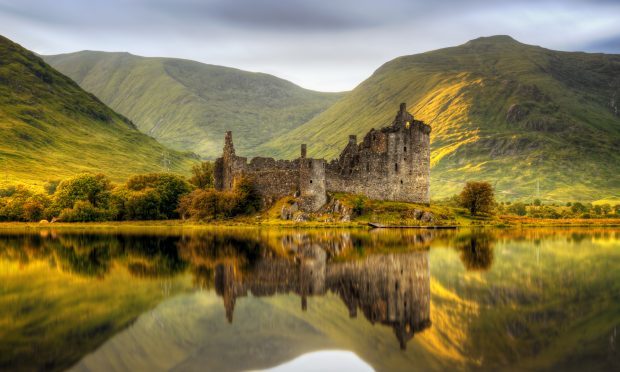An earthquake has heralded in the New Year in Perthshire.
The 1.2 magnitude tremor was recorded by the British Geological Society at Blackford.
The society said it struck at 7.48am on Monday at a depth of 8km, with the epicentre just over a mile from Gleneagles.
There have been no reports of any damage from the tremor.
There are roughly 200-300 quakes in Britain every year, but the vast majority are so small no one notices them. However, between 20-30 are over 2.0 magnitude, which can be felt over a wider area.
The largest known Scottish earthquake occurred near Loch Awe in 1880, with a magnitude of 5.2.
Earthquakes in Scotland are most often attributed to glacial rebound. Until about 10,500 years ago much of the north of the UK was covered by a thick layer of ice – which pushed the rocks down into the underlying mantle.
These rocks have been slowly rising back up ever since the ice melted, causing occasional earthquakes in the process.
The UK is also subject to tectonic stresses caused by the expansion of the Atlantic Ocean, which is slowly pushing the entire of Eurasia to the east and from the northward motion of Africa, which is pushing into Europe from the south
The most damaging UK earthquake was in the Colchester area in 1884. Some 1,200 buildings needed repairs, chimneys collapsed and walls were cracked.
